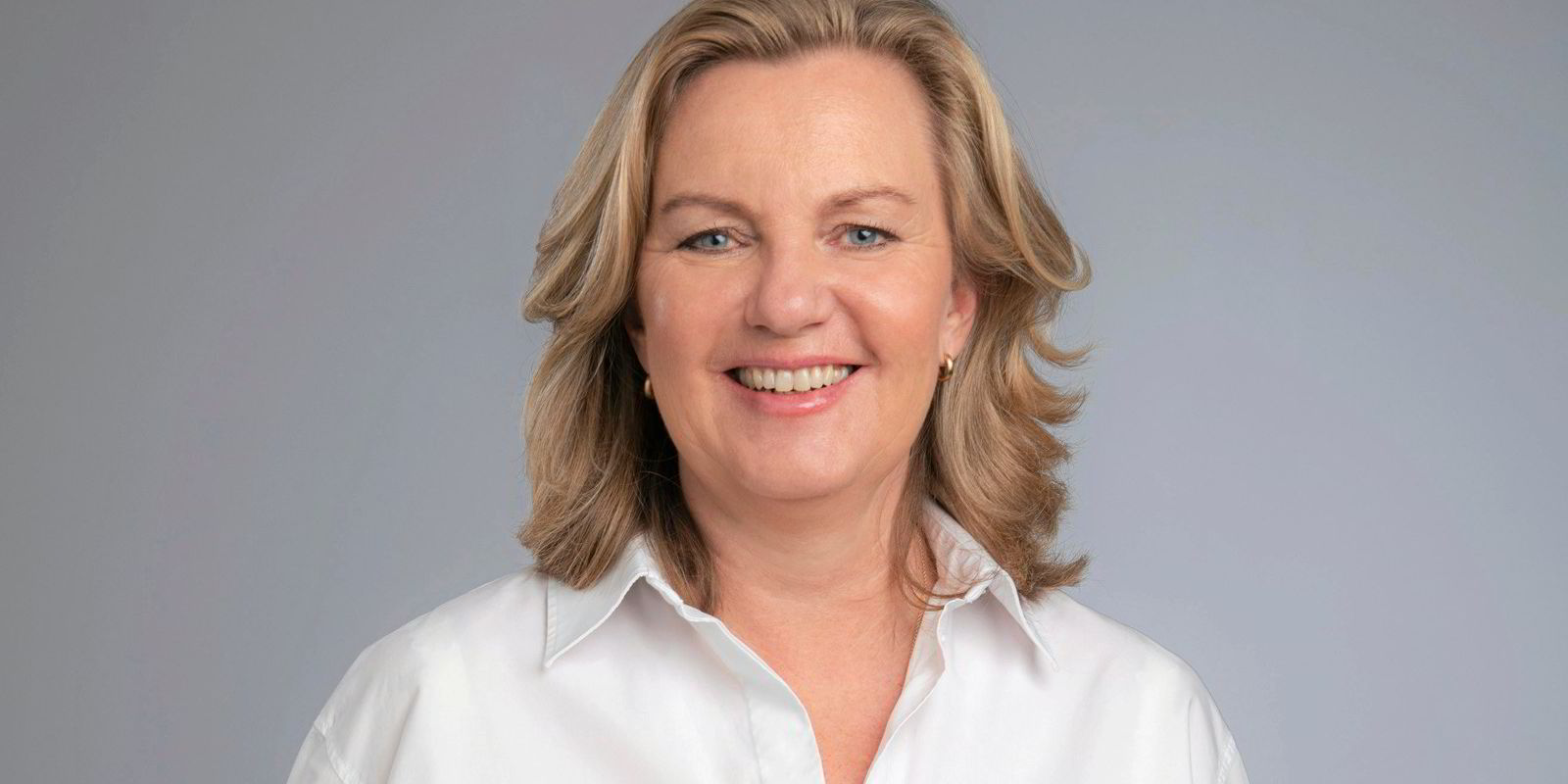We are convinced that carbon capture and storage (CCS) solutions are crucial in achieving the goals of the Paris Agreement and a world of net-zero emissions. Large-scale industrial systems will be required to deliver volumes that matter, at a cost lower than the CO2 tax. Time is short, and we believe it is vital to build the necessary infrastructure and investments now.
This article is part of a series written by people across shipping in response to this question about how to deploy a hypothetical TradeWinds Sustainable Shipping Fund:
How, where and why would you invest $1bn for the best return in sustainable shipping, as the industry grapples with the need to cut carbon emissions, improve efficiency and keep cargoes moving in a world facing multiple economic and political challenges? The investment will be made now and ideally held for the next seven years to the end of the decade. As an added bonus, give one policy or regulation you would like to implement from 1 January 2023 to benefit shipping?
It is predicted that as much as 70% to 80% of future captured CO2 will be transported by ships, meaning CO2 shipping will play a significant role in battling climate change. Altera is developing a large-scale, 10m-tonne-per-year maritime CCS infrastructure solution with an integrated value chain from collection to storage. However, in order to realise large-scale CCS, we need predictable regulatory and economic frameworks in place, particularly with regards to regulations allowing for open access maritime transportation of CO2 across Europe.
We also support the “emitter pays” principle, as a fair and global CO2 tax would level the playing field and would incentivise emissions reductions worldwide.
For our core segment of shuttle tankers, we made the decision more than five years ago that any new investment would need to be “future proof” and based on the most energy-efficient solution available, to minimise the environmental impact of newbuilds regardless of fuel type.
For Altera today, this means battery hybrid dual-fuel LNG shuttle tankers. When we ordered our latest class of shuttle tankers, this was a technological step change that reduced emissions by more than 40%. Today, it has become the industry standard in the North Sea.
For vessels trading in areas without available LNG, such as Brazil, we continue to develop technology for future decarbonisation. But they also need to be designed to use as little fuel as possible for their envisioned trade in the present. We are confident that technology implemented in our North Sea fleet, such as batteries, can be a benefit for shuttle tankers across the globe as well. We want to turn every stone to find the best environmental and economical solutions for the assets in which we invest.
Read more
- Altera Shuttle Tankers confirms vessel sale but posts loss
- Tsakos Energy Navigation linked to double suezmax shuttle tanker order at Samsung Heavy
- TotalEnergies floats tender in search for shuttle tankers
- ‘Monumental step forward’: Altera strikes deal to push through restructuring plan
- Women in Norwegian shipping say what they really think about workplace diversity



